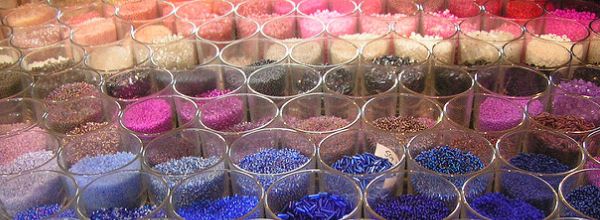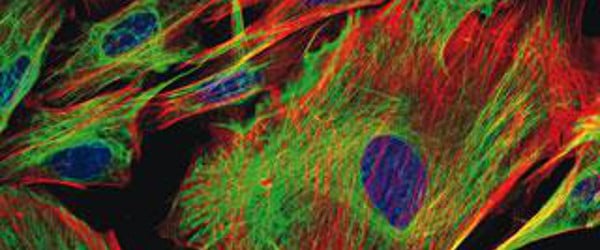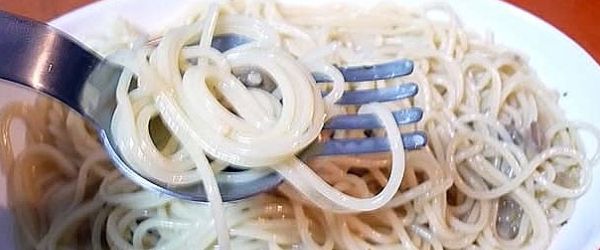Have you ever thought about using polymers for your immunohistochemistry experiments? Take this simple quiz and find out if polymers may be right for you:
- I order biotinylated secondary antibodies for immunohistochemistry. Yes/No
- I use avidin/biotin complexes in my staining protocol. Yes/No
- I have to block endogenous biotin in my tissue samples to avoid heavy background staining. Yes/No
- My immunohistochemistry protocol requires too many time-consuming steps after the primary antibody incubation. Yes/No
- I am taking this quiz. Yes/No
If you answered “yes” to 3 or more questions, you may be suffering from biotin fatigue, a reaction to excessive avidin/biotin usage. But don’t worry, there’s something you can take for that.
Your Prescription: Polymers
Several companies now offer non-biotin based polymer solutions that can take the place of your secondary antibody and avidin/biotin steps in your staining protocol. The resulting experiment can be more efficient and less time-consuming.
Let’s take a look at a typical immunostaining protocol (both with and without biotin) and see what this entails:
With biotin:
- Deparaffinize, rehydrate paraffin-embedded tissue sections
- Boil slides in citrate buffer, pH 6.0
- Permeabilize and block sections with protein block and peroxidase block
- Rinse
- Block endogenous biotin—15 minutes
- Incubate in primary antibody—1 hour
- Rinse
- Incubate in secondary biotinylated antibody—45 minutes
- Rinse
- Generate avidin/biotin complex—20 minutes
- Rinse
- Incubate in diaminobenzidine—5 minutes
- Counterstain
- Dehydrate through alcohol and xylenes, coverslip
Now let’s see this same protocol after a biotin-ectomy:
- Deparaffinize, rehydrate paraffin-embedded tissue sections
- Boil slides in citrate buffer, pH 6.0
- Permeabilize and block sections with protein block and peroxidase block
- Rinse
- Block endogenous biotin—15 minutes
- Incubate in primary antibody—1 hour
- Rinse
- Incubate in secondary antibody—45 minutes
- Rinse
- Incubate in avidin/biotin complex—20 minutes
- Rinse
- Incubate with polymer—30 minutes
- Rinse
- Incubate in diaminobenzidine—5 minutes
- Counterstain
- Dehydrate through alcohol and xylenes, coverslip
You can see by eliminating steps 5 and 8-11 and adding step 12, you can save more than an hour of your time by reducing the number of incubations and rinses. Your experiment may even finish in time for a late afternoon happy hour.
You can also choose from a wide variety of polymers available, ranging from the specific anti-mouse or anti-rabbit polymers, to the more universal polymers that can detect antibodies from more than one animal species. I am also happy to report that there is now an anti-human polymer that can detect human antibodies, an important tool for investigators studying antibody-based therapeutics.
Is the Prescription Working?
Now, before you completely commit to polymers in your immunohistochemistry experiments, be sure to do a side-by-side comparison with your current method to ensure that the new protocol yields acceptable results.
If you’re still feeling somewhat skeptical, check out these recent results from my lab with a universal polymer that can detect antibodies from mouse, rat, rabbit and guinea pig:

You can see that these results are very clean, with low background and good specificity.
So, in summary, polymers are a welcome addition to the immunohistochemistry arsenal of reagents. They can be specific or broadly reactive, reduce the time of staining experiments and eliminate the need to block endogenous biotin in the tissues being examined.
Please consider it as a possible remedy the next time you are experiencing biotin fatigue.
Want to know more about histology and immunohistochemistry? Visit the Bitesize Bio Histology Hub for tips and trick for all your histology experiments.






